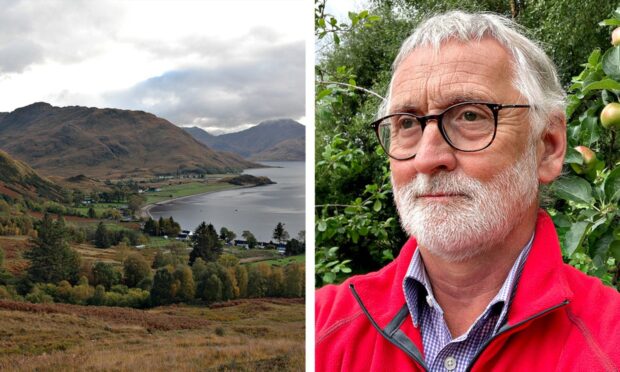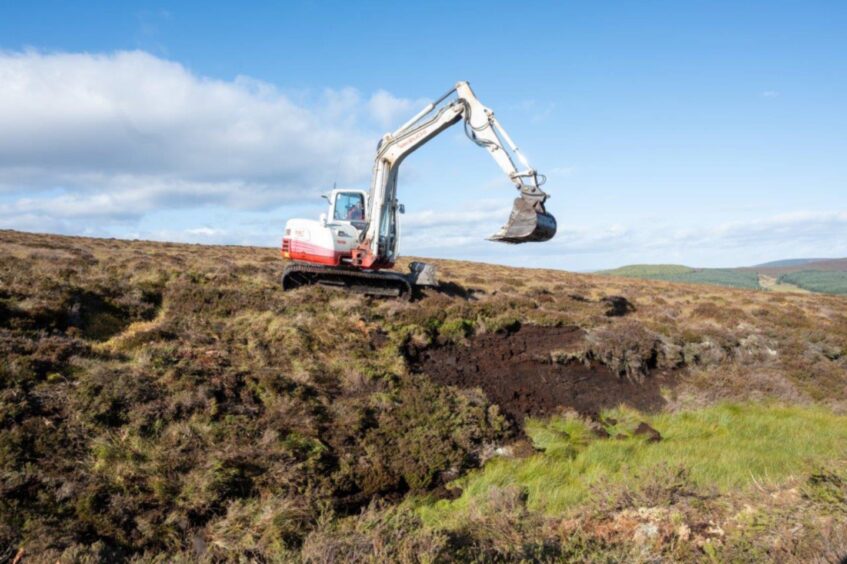Cast your mind back 18 months and you may remember the launch of a multi-billion-pound private finance initiative to deliver environmental restoration at scale.
The NatureScot-led pilot scheme was meant to unlock private investment and drive forward our vital challenge to reduce carbon in the atmosphere.
The rationale for this approach is that public finance cannot deliver the investment needed but the private sector can.
It would work like this. You turn carbon storing trees planted, peatland restored and enriched biodiversity into credits to sell in an open market.
Buyers can then emit carbon that is “offset” by the storing credits they’ve purchased. Private finance pays for the investment, with returns achieved from the credits sold in a self-sustaining market.
The problem with private finance
But the market price for credits is significantly less than is necessary to deliver the level of risk to return investors want.
And as long as that is the case, private finance won’t invest at the scale sought.
Scottish ministers had started defining the necessary investment at £20 billion out to 2032, however, that figure has since been shown to have little credibility.
Subsequent research for the government used the still sizeable figure of £12.5bn and made clear Scottish taxpayers would need to underwrite the market to make it work.
Limited public resources available
The research suggests underwriting may be needed for up to 50 years or longer and with that would come a potential liability for the Scottish budget of possibly billions.
Leaving aside many legitimate questions that exist on any strategy that allows carbon emissions to continue through offsetting, the whole approach requires a reality test.
Firstly, Scottish public spending is in deep trouble, with an emergency brake on spending and major programmes of investment cut. There is no foreseeable public funding stream large enough to de-risk private finance to deliver £12.5bn of investment out to 2032. The second reality is there is no evidence £12.5bn of spend is even deliverable within this timescale.
Land strategy challenges
In no recent year has the government been able to spend its comparatively small tree planting or peatland restoration budgets and approved biodiversity credits don’t yet exist. To spend £12.5bn would require gearing up current activity by a factor of several thousand per cent, with no credible path to achieving that in the timescales envisaged.
In any event, the investment problem is not the current availability of cash but a range of practical factors: labour and skills shortages; binding 100-year agreements on the use of land; crofting tenancy complications; landowners’ need to retain credits for their own future use; and uncertainties in an immature credits market.
Thirdly, we should reflect on how private finance delivers public goods.
We know from experience that private finance always takes out more money than it invests – that’s how it works. An immediate boost in subsidy-supported private spending will, over time, extract from Scotland far more than it invests.
Public interest demands we achieve net-zero and do so through a just transition building a more inclusive economy, growing community wealth and regulating appropriately. These public objectives sit uneasily with private investment which prioritises minimising regulation and extracting high returns.
This unhappy tension sits at the heart of the current strategy.
‘Green lairds’ selling up
There is also evidence suggesting a cooling of private investor interest. Not a single penny was raised in the first year of the private finance initiative, while some early entrant “green lairds” are selling up.
Meanwhile, innovative but financially challenged company Highlands Rewilding is marketing recently purchased land for sale.
It is also emphasising more the role of community and philanthropy in any future.
So, what next?
Using private sources of finance has always been part of how landowners and managers operate. This will continue but, with no credible current path to delivering on the hype of billions of pounds-worth of private investment, a preoccupation with self-interested private markets isn’t a bedrock on which to build a strategy serving the public interest.
We need to factor in the insights and permanence of local communities, the potential of partnering arrangements with enlightened NGOs (non-governmental organisations) and a carbon-concerned public. We also need to consider the role of institutions and people of philanthropic goodwill alongside an investing, partnering and regulating state.
Patient private finance may have a part to play as part of a broader and more inclusive strategy,
Peter Peacock is a former Scottish Government minister, Highlands and Islands MSP and Highland Council convener.



Conversation